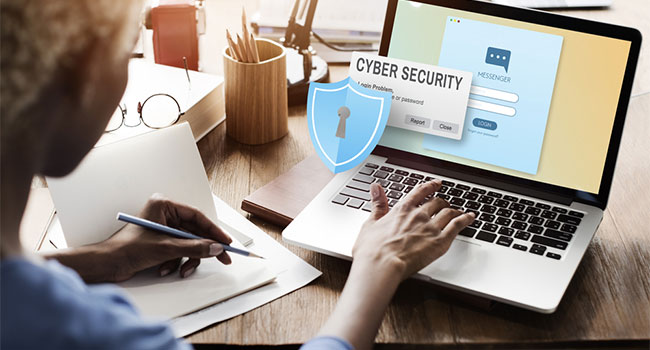
Where We Are Headed with Cybersecurity
As we enter 2018 and desire to protect both our own personal digital assets as well as critical corporate data, it is useful to examine the anticipated key trends in cybersecurity in 2018.
- By Ebba Blitz
- Jan 02, 2018
Data breaches and cybersecurity incidents were big news in 2017. Top companies and brands – including Deloitte, Equifax, Google, Hyatt, Microsoft, Whole Foods, Uber, Verizon and numerous others – were impacted by security incidents during the year, and security has become a top-of-mind issue for businesspeople and consumers.
So, as we enter 2018 and desire to protect both our own personal digital assets as well as critical corporate data, it is useful to examine the anticipated key trends in cybersecurity in 2018, including:
- Security Will Become Easier to Use: The way that work is done is changing, with telecommuting, cloud apps, collaboration tools and products like Slack and Hipchat that mirror our consumer technology experiences. IT security will transform along with work, and in 2018, security tools and solutions that are based on user habits will emerge, not just tools based on elaborate requirements or lengthy passwords. Clever companies will adopt security that recognizes users based on factors like behavior patterns, physical location, typing speed and websites typically visited, for example. We’re breaking ground on these technologies now, and they will soon be commonplace.
- Regulations to the Fore: If you do business with the European Union (EU), the General Data Privacy Regulation (GDPR) will become a major focus, because compliance is mandatory. The GDPR mandates that ANY entity hosting a name or saving an IP address must be protected, and heavy fines – up to 4 percent of total worldwide annual turnover –will be issued for noncompliance. Businesses must decide whether it is cheaper to comply or simply not do business within the EU. Those choosing to comply should develop a strategic plan for bringing systems into compliance and approach it as they would any other major cybersecurity initiative.
- IT Security Now Matters in the C-suite: High-profile breaches like Equifax will continue to shine a bright light on IT security and the ultimate responsibility that C-suite executives bear for such incidents – not to mention the wrath of angry shareholders and consumers! Trust between businesses, their trading partners and customers MUST be maintained, and that’s why 2018 will see greater focus on leadership coming from CEOs and boards with regard to IT security. This will impact every department head, making them realize they simply cannot work in silos and that security is a job for everyone across the organization.
- Awareness of Free Wi-Fi Risks: Anything that is free – such as public, open Wi-Fi networks – can actually bevery costly. The danger associated with using one of the many insecure networks that we encounter each day will continue to increase, with greater risk for consumers AND businesses. That’s why Wi-Fi security will be a key area to watch in 2018. Without a personal firewall, public Wi-Fi can create a wide-open back door into sensitive data. And while most people don’t currently have firewalls at home, adoption of more sophisticated security technology will rise as awareness grows, with plug-and-play security devices and automated software tools leading the charge against insecure public Wi-Fi networks.
It is doubtless true that high-profile hacks will continue to impact nearly every area of public and private life in 2018, and cybersecurity will remain big news. But with reasonable planning and a solid technological approach, a substantial impact can be made to better plan for and respond to hacking and cybercrimes, alleviating much of this persistent worry in the new year.
About the Author
Ebba Blitz is CEO of Alertsec.